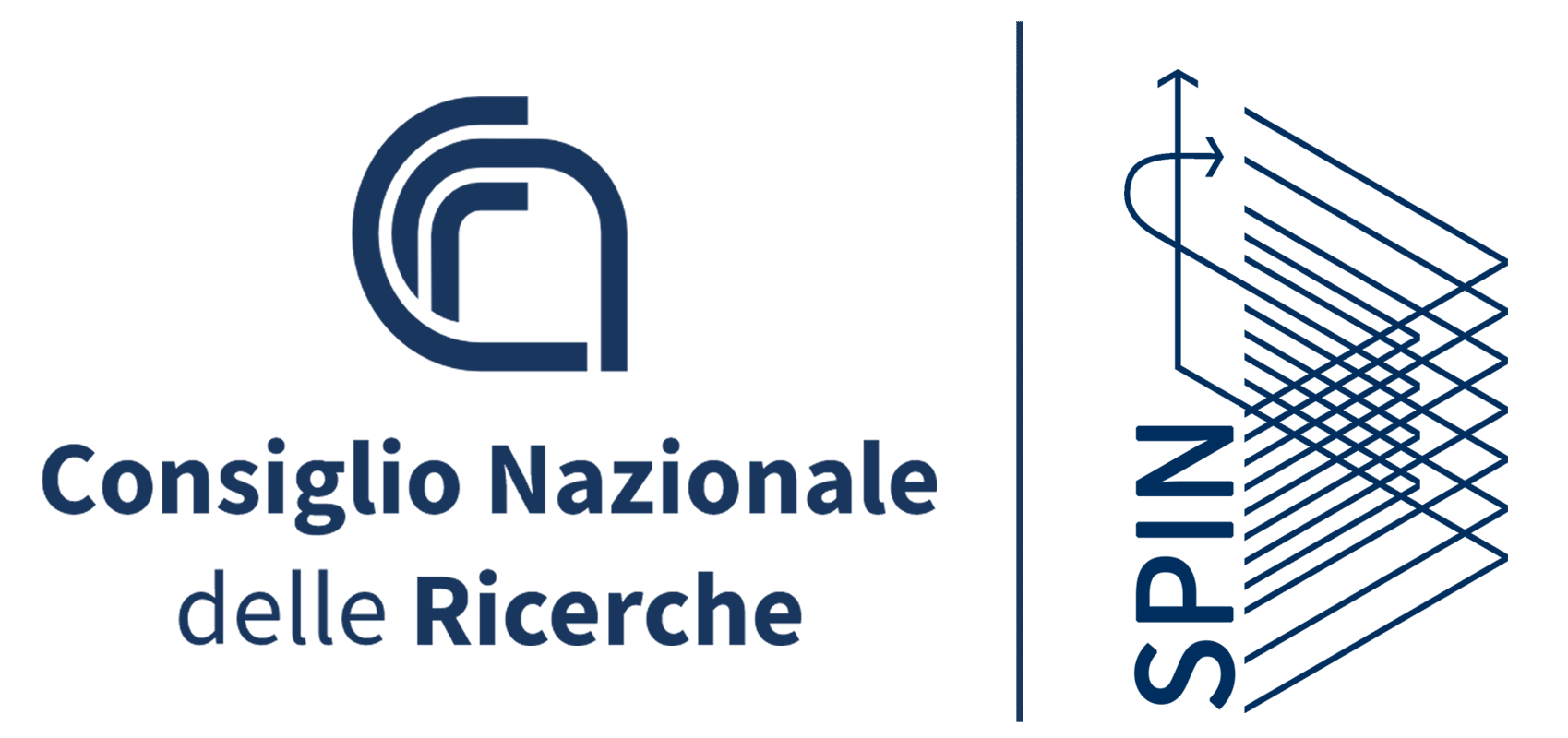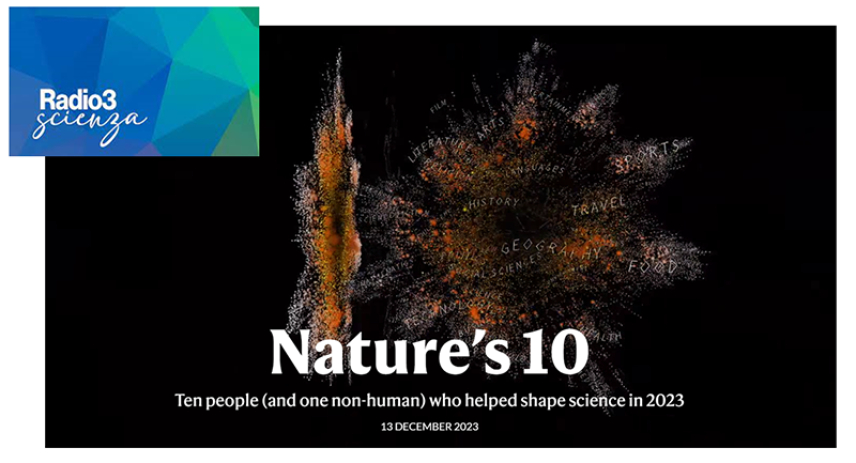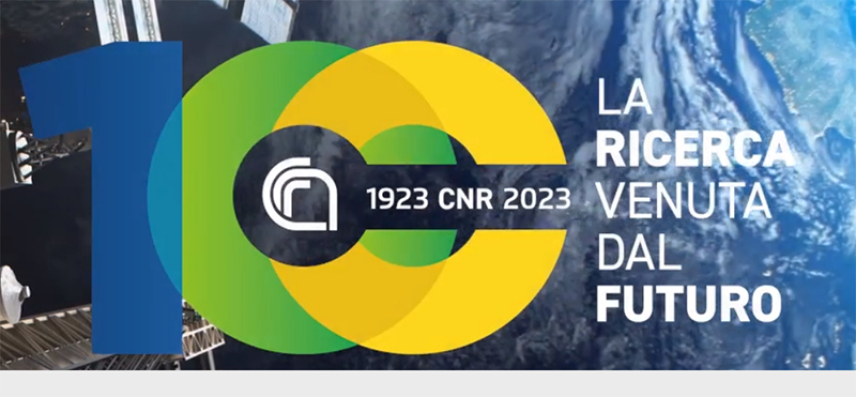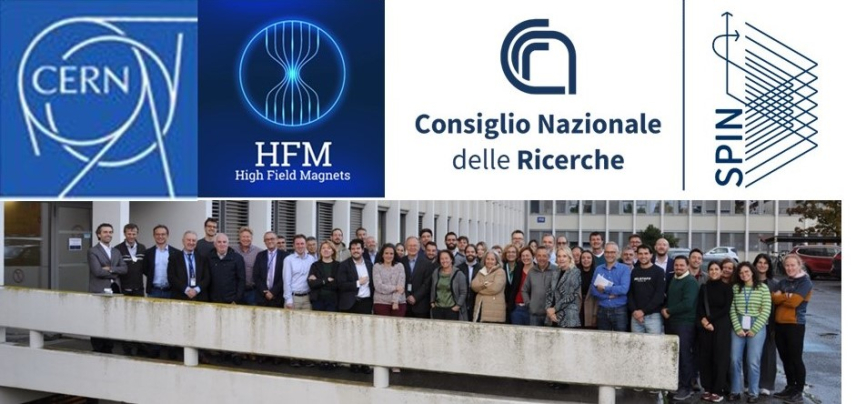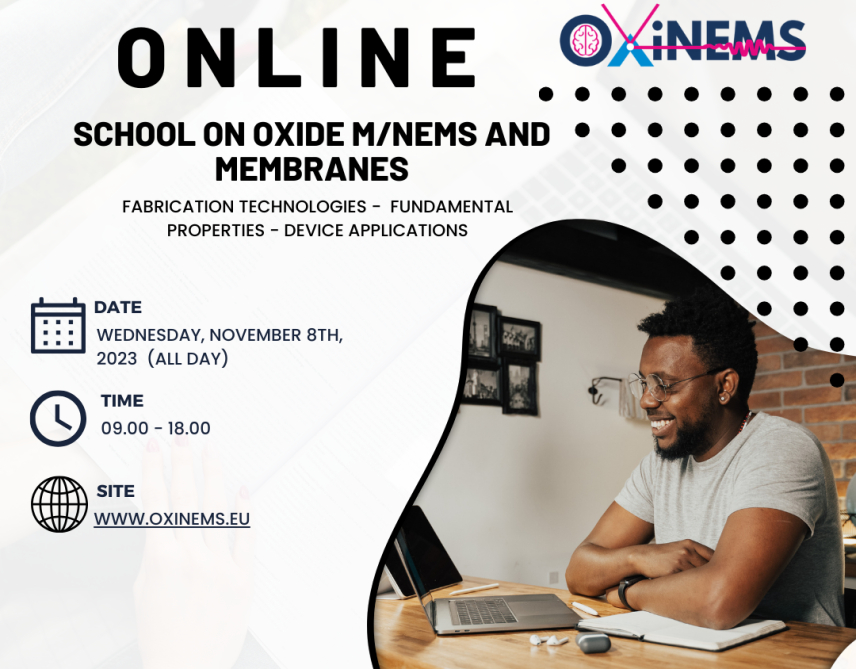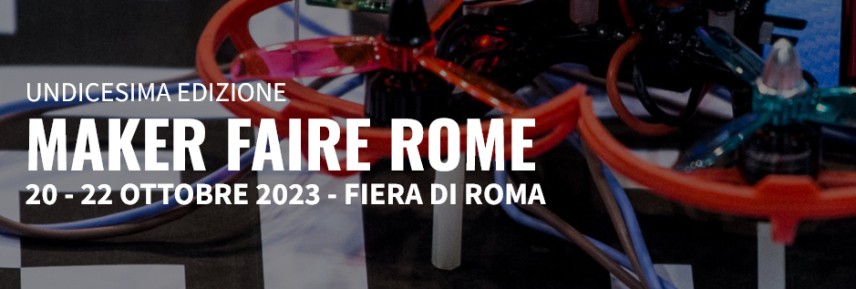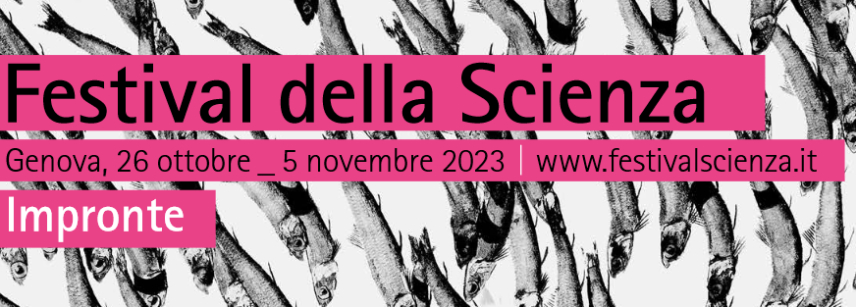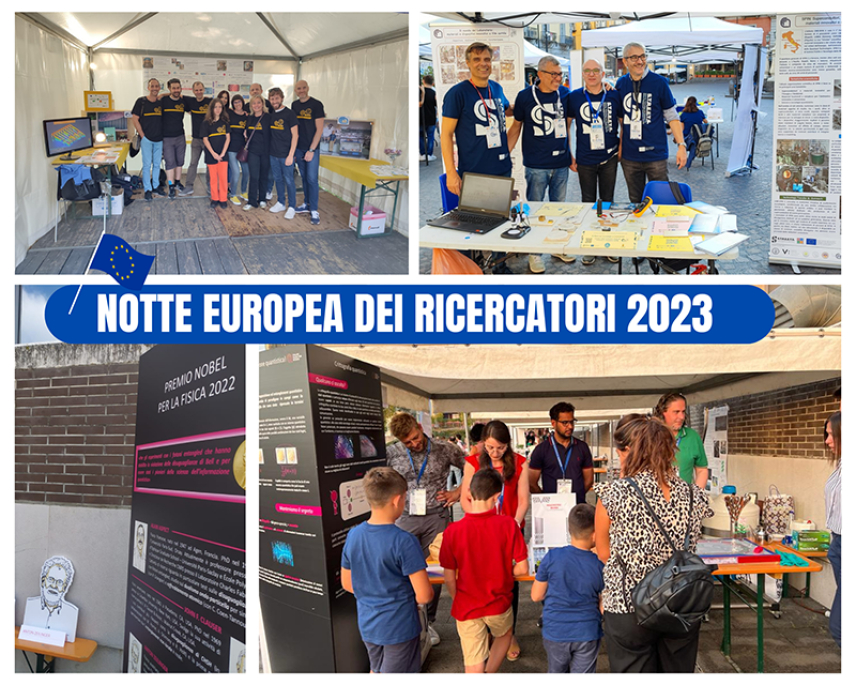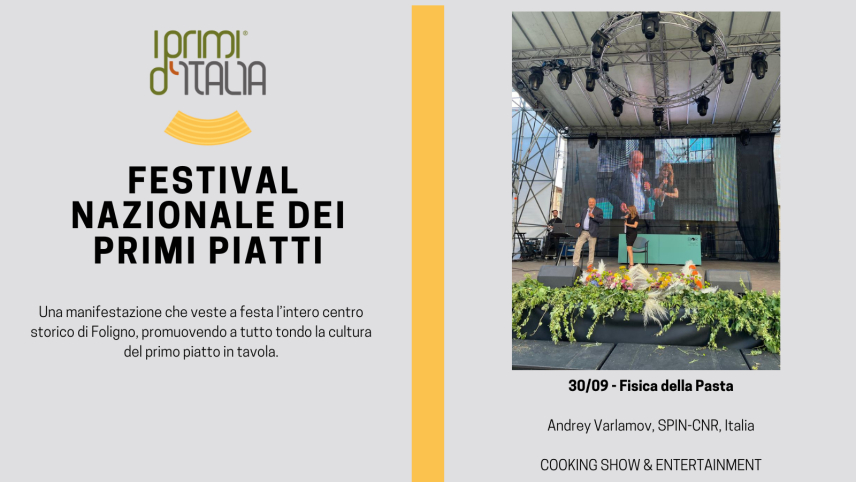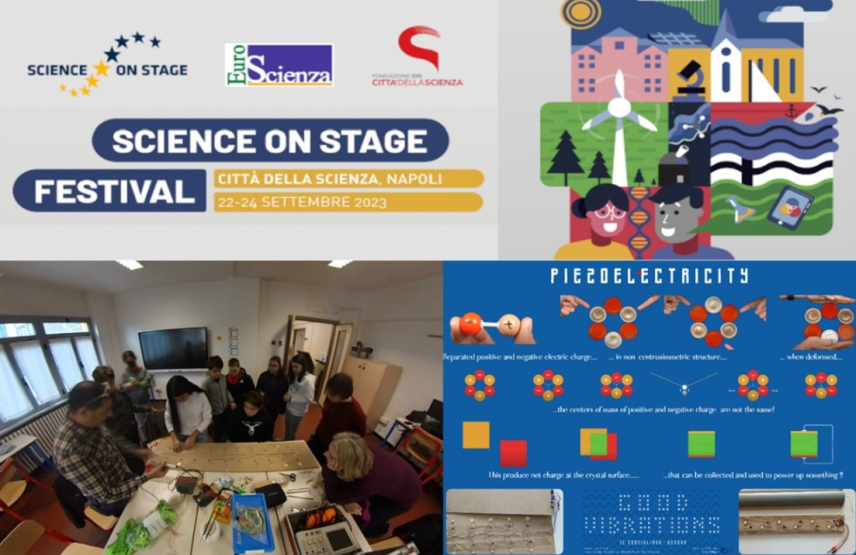Lo scorso 13 Dicembre, la rivista Nature ha pubblicato i cosiddetti Nature's 10, la lista dei dieci personaggi che si sono distinti nelle cronache scientifiche del 2023. Si tratta di 10 personalità che hanno contribuito in maniera significativa al dibattito scientifico globale nel corso dell’anno su temi di particolare interesse e rilevanza quali, tra gli altri, la deforestazione dell'Amazzonia, la cura del cancro, gli effetti del riscaldamento globale.
Room temperature superconductors in Nature's 10: Rai Radio3 Scienza intervista Gaia Grimaldi
- Published in News
